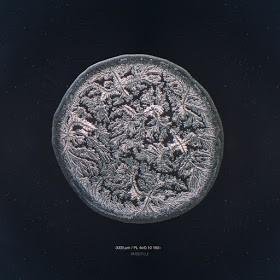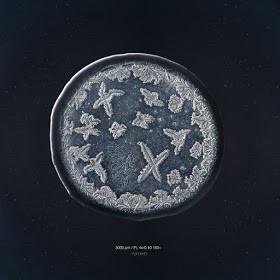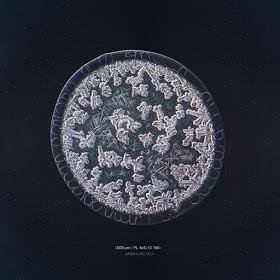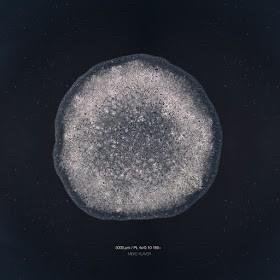Tears are a form of human expression, sadness, happiness and other emotions. Tears may not be an interesting thing, but with a little precision, photography, and a microscope, tears can turn into something quite interesting. Maurice Mikkers, a Dutch photographer with a background in medical science, has created several series of tear photography seen from a very close distance. His work he named "The Imaginarium of Tears."
And this project begins with the curiosity of Mikkers, who has long been shadowed, connected with science.
In the Medium blog post, Mikkers explains "science says that each tear has a viscosity (a measure of fluid resistance that can be changed either through pressure or tension) and different compositions.All tears contain various biological substances, including oils, antibodies, and enzymes suspended in salt water, then how can this be related to 'the real world'? "

Tears are generated from cutting onions.

Tears are generated from cutting garlic.
There are three types of tears:
Emotional tears. These tears are associated with feelings of sadness or joy.
tears reflexes. These tears are the tears that come out because of irritation to the eyes.
And the last is the basal tear. Basal tears are a type of tear that serves as a moisturizer and is always present to help keep the eyes wet and healthy.

Tears generated from cutting garlic, sprinkling chilli powder in the eyes, snorting water, and eating spicy chilli.
With his curiosity, Mikkers wanted to see for himself whether each tear had a difference when observed using a microscope.
He also carried out his experiments at night with some friends, where he instructed them to shed tears, either by cutting onions, eating spicy chili, and also through sadness or happiness.
After collecting the teardrop with a micropipette, he puts the entire tear to slide the microscope and let it crystallize for several minutes.

The tears resulting from staring at the fan are on for a few minutes.

Tears generated from an emotional response.
Although there is no clear pattern among the various types of tears, Mikkers has found a complicated structural variation of tear salt crystals.
Then he concluded, "So I think it's safe to say that the differences in the visible tear structure are not really dependent on the cause, but they are still beautiful to look at."
Translated freely from:
http://www.iflscience.com/chemistry/what-your-tear-drops-look-under-microscope
Congratulations @habibiehamzah! You have completed some achievement on Steemit and have been rewarded with new badge(s) :
Click on any badge to view your own Board of Honor on SteemitBoard.
For more information about SteemitBoard, click here
If you no longer want to receive notifications, reply to this comment with the word
STOPDownvoting a post can decrease pending rewards and make it less visible. Common reasons:
Submit